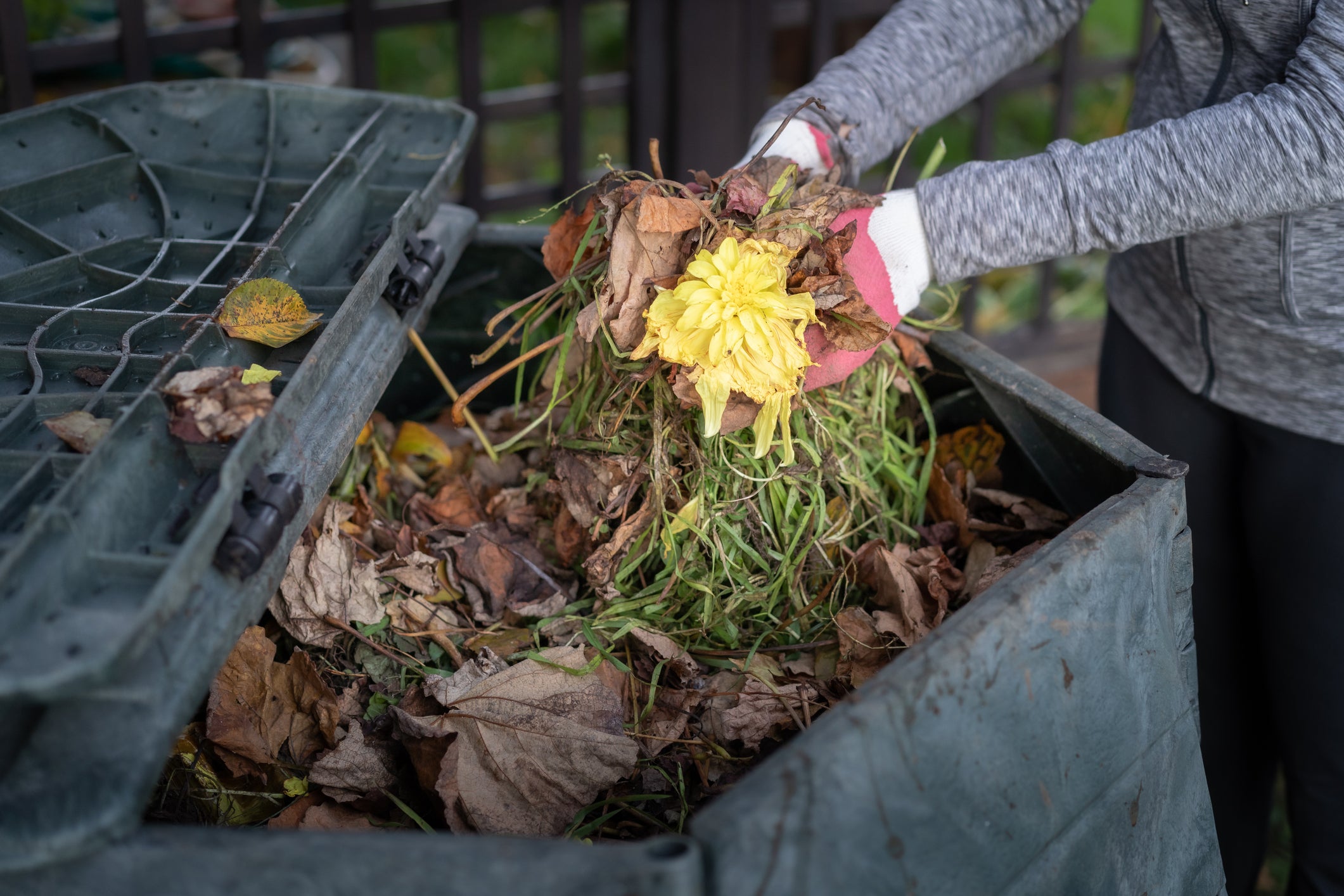Autumn brings a cascade of colorful leaves that blanket your yard. Instead of sending them to the landfill, why not turn them into "garden gold"? Composting autumn leaves is one of the simplest and most effective ways to enrich your garden soil for the next growing season. In this guide, we’ll walk you through the basics of starting a compost pile using those October leaves and how it benefits your garden.
Composting is the process of breaking down organic materials into nutrient-rich humus. When you compost leaves, you create a natural fertilizer that improves soil structure, retains moisture, and increases microbial activity—key elements in healthy, productive soil. This practice is particularly valuable in organic gardening, where synthetic fertilizers and chemicals are avoided. Incorporating leaf compost into your soil boosts fertility without the environmental impact of commercial fertilizers. Plus, fall composting is a sustainable way to recycle garden waste and reduce your carbon footprint.
Step-by-Step Guide to Starting a Leaf Compost Pile
If you're ready to transform your autumn leaves into nutrient-rich compost for next season's garden, follow these simple steps:
1. Choose the Right LocationStart by selecting a location for your compost pile. Choose a well-drained spot in your yard that’s easily accessible. It’s best to place it near your garden for convenient access. You can either create a simple pile on the ground or use a compost bin to contain the materials.
2. Gather Your MaterialsAutumn leaves are rich in carbon, which is essential for composting, but you’ll need to balance that with nitrogen-rich materials. A successful compost pile requires a mix of "browns" (carbon) and "greens" (nitrogen). Here’s a simple breakdown:
- Browns (Carbon-rich materials): Dried autumn leaves, straw, sawdust, cardboard
- Greens (Nitrogen-rich materials): Grass clippings, vegetable scraps, coffee grounds, manure
The ideal ratio for composting is about 3 parts carbon (browns) to 1 part nitrogen (greens).
3. Shred the Leaves for Faster DecompositionWhole leaves take longer to break down, so shredding them can speed up the composting process. You can use a lawn mower or leaf shredder to break the leaves into smaller pieces. This step is crucial, as shredded leaves have more surface area for microbes to do their work.
4. Layer Your Compost PileTo build your compost pile, start with a layer of browns—your shredded autumn leaves. Then, add a layer of greens, followed by another layer of browns. Continue alternating layers, finishing with a brown layer on top to help manage odors and keep pests away. Aim for a pile that’s about 3 feet tall and 3 feet wide, as this size provides optimal heat retention for decomposition.
5. Maintain the PileFor your compost to break down efficiently, it needs air, moisture, and warmth. Turn your pile every few weeks to aerate it, which helps speed up the decomposition process. Make sure your compost stays moist (but not soggy), and if your region experiences dry weather in the fall, you may need to water the pile lightly.
6. Patience Pays OffComposting is a natural process, and it takes time. Depending on the materials and conditions, your compost should be ready in 6 months to a year. You’ll know it’s ready when it looks dark, crumbly, and has an earthy smell. At this point, you can incorporate it into your garden beds, giving your plants a rich, organic boost.
Benefits of Composting Leaves for Next Season's Garden
Fall composting has several advantages that will reward your garden in the spring:
- Soil Enrichment: Leaf compost improves soil texture and adds essential nutrients, ensuring your plants have everything they need to thrive.
- Moisture Retention: Organic matter helps soil retain moisture, reducing the need for frequent watering during dry spells.
- Improved Drainage: Compost enhances soil structure, allowing better water drainage in heavy clay soils and increasing water retention in sandy soils.
- Reduced Soil Erosion: By improving soil health, compost helps anchor the soil, reducing the risk of erosion during winter rains.
- Weed Suppression: A thick layer of compost can suppress weed growth, giving your garden a head start in spring.
Fall is the perfect time to get a head start on next year’s garden by composting leaves. With just a little effort, you can turn October’s garden debris into a valuable resource that will nourish your plants for seasons to come. Whether you're new to composting or an experienced gardener, incorporating "organic gardening" practices like fall composting not only improves your garden but also contributes to a more sustainable planet.

Leave a comment